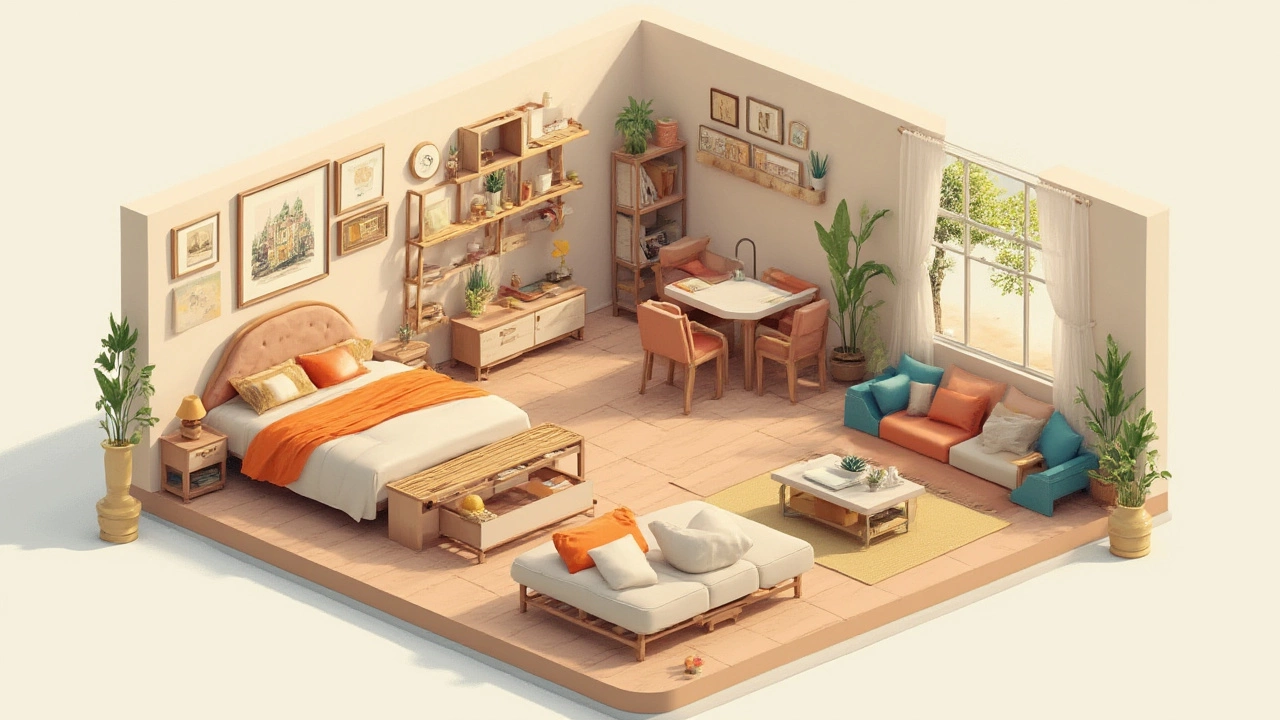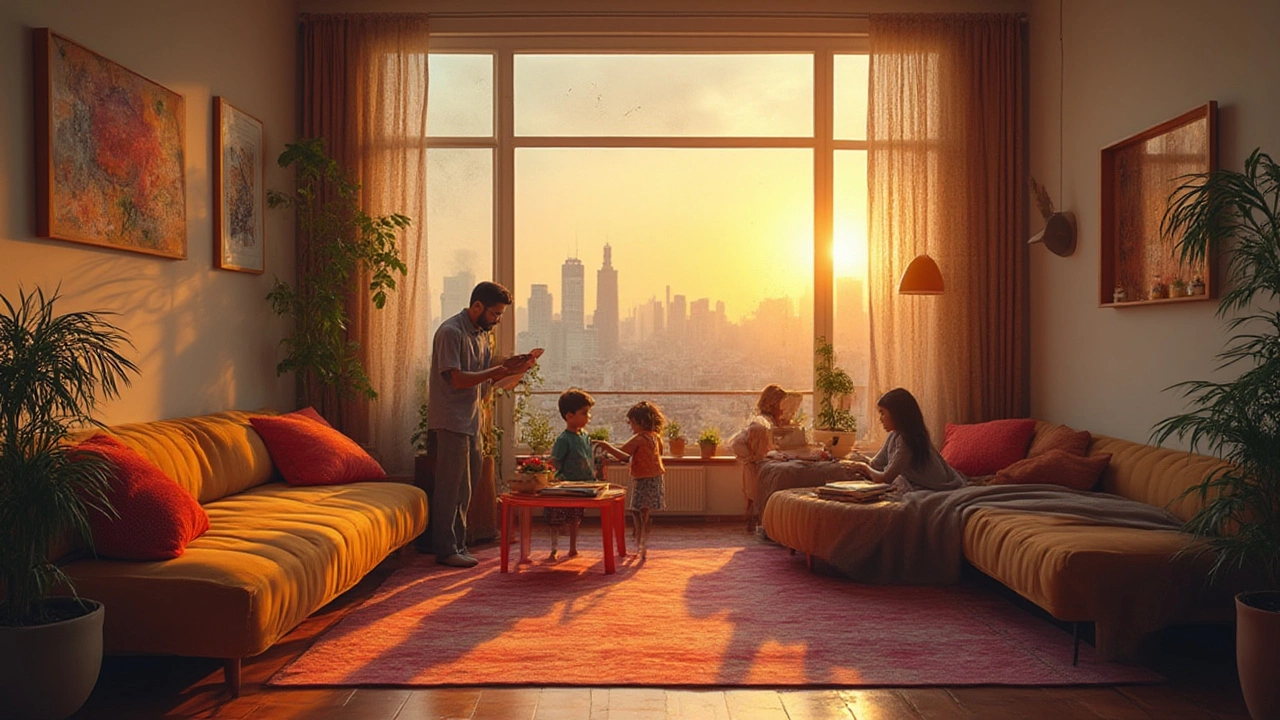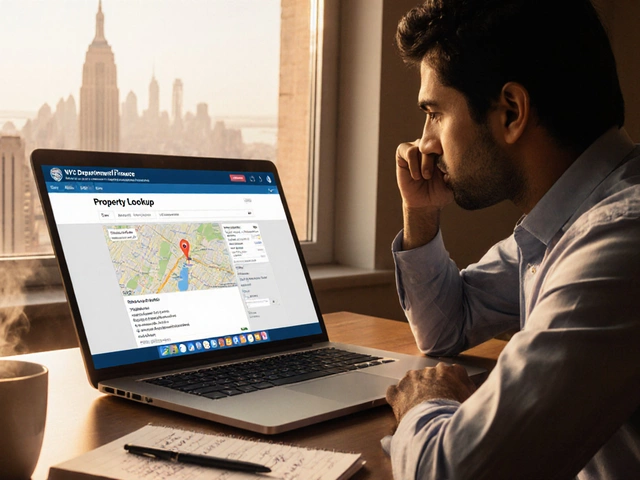It sounds simple: 600 square feet. Just a number, until you're in the thick of touring apartments, visualising what you’ll do with your stuff, or imagining where your kid’s toy box is going without tripping every morning. But what does 600 square feet actually look like in real life?
Seeing 600 Square Feet Through Everyday Life
To get a real grasp of 600 square feet, it helps to ground the number in something you experience. Picture two medium-sized cars parked close together; now surround that rectangle with walls. That’s basically the space we’re talking about. For us Aussies, it’s about 56 square metres, but honestly, it just feels even tighter when you try to fit work, rest, and play all in the same spot.
If you’re thinking in terms of everyday homes, most two-bedroom apartments built in the last decade in Australian capitals start at 65 to 80 square metres. So at 56, the corners start feeling a bit closer. It’s the size of a typical generous hotel suite, or maybe a one-bedroom flat in a city centre building—kitchen, living room, bathroom, tucked together in less space than a squash court.
My daughter Elara once asked if a whole playground could fit inside a 600 square foot apartment. Kids have wild imaginations, but the real answer is—only if you ditch your bed, couch, and kitchen sink. Even one of those ball pits would basically take over the lounge!
Here’s a nifty table that helps make sense of it all:
| Space | Approximate Size | How 600 sq ft Compares |
|---|---|---|
| Standard Parking Space | 150 sq ft | 4 car spaces |
| Singles Tennis Court | 2,106 sq ft | Just over 1/4 of the court |
| A Bowling Lane | 1,000 sq ft | About half a lane |
| Australian Classroom (Typical) | 600 sq ft | About the same |
You’ll probably find the kitchen blending into the lounge, maybe just a breakfast bar dividing them. One bathroom, one bedroom, and little tricks to make it all feel roomy—mirror walls, storage crammed under beds, folding tables, and more.
Living in 600 Square Feet: The Everyday Experience
Squeezing life into 600 square feet is a mix of creativity, compromise, and some solid laughs. After my partner and I had Elara, our flat felt instantly snug. It’s not just about how much walking space you lose, but what you can—and can’t—do with it.
Multifunctional spaces quickly become your best mate. That little bit of lounge doubles as your office, exercise studio, and—on rainy days—your kid’s playground. Coffee table? Try toy storage underneath. Bed? Get one with drawers or sneak a trundle under there for guests (or fort-building emergencies).
Window space matters more than you’d expect. Sunlight instantly opens a space and mentally makes it double in size. A gloomy 600-square-foot flat is rough, but one facing the north or east will make your morning cup so much better.
For some context, a survey from Finder found a third of Aussies living in apartments were keen to downsize—but for most, the idea of going smaller feels like losing a limb. But small can work wonders with the right layout. I’ve seen setups cramming more into less without feeling cluttered—think built-in bookshelves in weird corners, or seating that tucks away completely. If you ever want inspiration, check out tiny home videos on YouTube; some folks literally have everything folding into the walls!
City rent averages for a 600-square-foot apartment can range wildly; in Sydney, you’ll see $500 AUD per week for something central with a smart layout, but in Adelaide, that same size can be rented for less, and often in a better location. Keep in mind, new high-rise builds push the boundaries, so 600 square feet may actually feel larger with higher ceilings and clever lighting.

How To Make 600 Square Feet Work For You
If there’s one thing I’ve learned, it’s that stuff grows. Not literally, but it seems to pile up when space runs tight. Going minimalist is the first hack anyone in a small apartment uses, but you don’t have to become a zen master overnight. Instead, focus on doubling every item’s role—think of a shelf that’s also a desk, or a bed with storeroom underneath.
Decluttering is less about getting rid of memories and more about keeping what really matters. If it hasn’t seen daylight in a year, out it goes—unless it’s that one photo album you can’t toss. Storage ottomans, hanging racks, hooks behind every door, and baskets are your friends. Vertical space is gold. Use your walls, not just your floors.
- Use light colours on the walls to bounce sunlight around the room.
- Invest in furniture with exposed legs—it helps the area look less boxy.
- Mirrors near windows double the light and sense of space.
- Go wireless and hide cords in tidy boxes.
- Own less, but buy better. Quality over quantity keeps the space cleaner and comfier.
- Move furniture around every now and then—you’d be surprised how fresh a tiny space feels with a shakeup.
Noise control becomes important fast. You’ll hear your neighbours more, and if you work from home, headphones or a white noise app helps. Make peace with the idea that you’ll never host huge parties—cozy dinners or a couple of mates over is the sweet spot.
One lesson: don’t try to copy massive house trends. An enormous L-shaped sofa or bulky coffee table will swallow the room. Instead, look for scaled furniture, even if it means hunting from store to store (or Facebook Marketplace, if you’ve got the patience).
Who Should Consider a 600 Square Foot Apartment?
Compact living isn’t for everybody, but it fits well for a few types of people. Single professionals love the lock-and-leave lifestyle, especially in buildings with security and city access. Young couples or students find the balance between low rent and convenience—it’s easy to clean, easier to cool or heat, and your utility bills aren’t through the roof.
With a kid, it’s definitely snug, but honestly, it’s possible if you’re inventive. The flip side: if you crave storage or hate feeling boxed in, you’ll probably hit the walls quick. It’s also not ideal for serious hobbyists—painters, model builders, drummers—or anyone with bulky fitness equipment. But if you’re about walkability, easy commutes, and being out more than in, a cosy apartment this size just makes sense.
Here’s a fun fact: Japanese apartments in Tokyo often hit under 20 square metres (215 sq ft), and entire families squeeze in. So 600 square feet, by global city standards, is actually generous!
If you’re weighing up a move, visiting some open homes with tape measure in hand helps. Take your time and imagine where your day-to-day activities happen. Will your desk fit under the window? Is there space for your bike? Test out your favourite armchair, if you can—it’s different reading floorplans and actually being in a place. Plenty of realtors over the years have said people’s biggest regret after moving is underestimating how much space things really take up—but with smart planning, chances are you can make every inch work, even with a growing family.
In Australian capital cities, more than 43% of new apartment builds are now under 60 square metres (600 square feet) based on 2024 data from the Property Council. So, if you’re moving into something this size, you’ve got company—and there’s plenty of know-how out there for squeezing the most out of small spaces without giving up on comfort or style.





